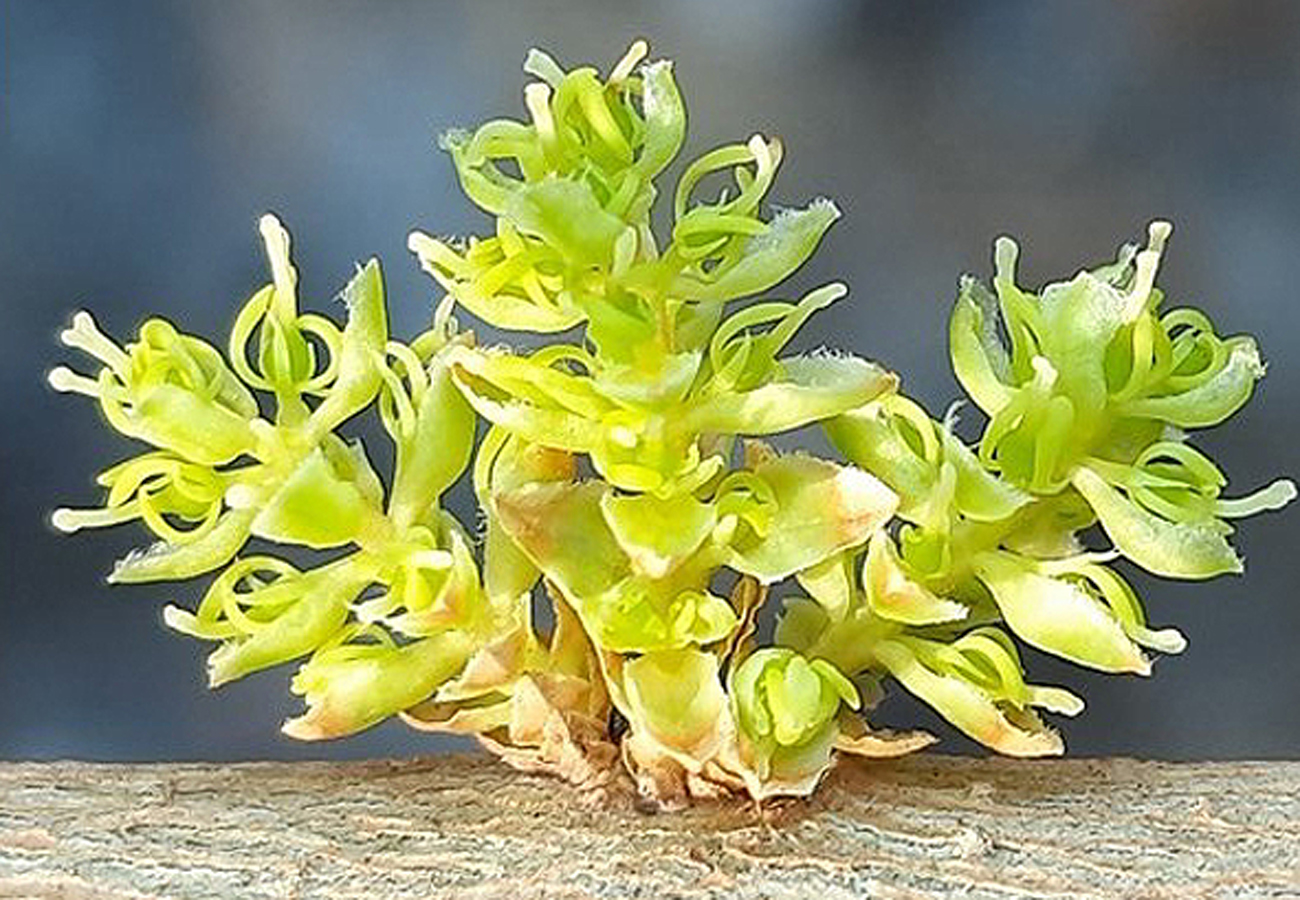Abstract
The new species Forestiera veracruzana is described and illustrated. This newly described plant is part of the tree and shrub strata of riparian forests in the lowlands and hills of the Mexican states of Veracruz and Tabasco. Forestiera veracruzana is morphologically similar to F. corollata, and F. isabeliae by the presence of petals, and possibly to F. rhamnifolia, which also grow in similar environments, but it can be readily distinguished from these by its polygamodioecious condition, the length of peduncle, and the length and shape of pistil at anthesis.
References
Cornejo, X. & Wallander, E. (2007) Forestiera corollata: una nueva especie de Oleaceae mesoamericana. Ibugana 13: 13–16.
Green, P.S. (2016) Forestiera. Flora Mesoamericana 4 (1)–628. Tropicos.org. Missouri Botanical Garden. Available from: http://www.tropicos.org/Name/40010258 (accessed 15 August 2019)
Grisebach, A.H.R. (1866) Catalogus plantarum cubensium exhibens collectionem Wrightianam aliasque minores ex insula Cuba missas. Gulielmum Engelmann, Leibzig, 306 pp. https://doi.org/10.5962/bhl.title.177
Hammel, B. & Cornejo, X. (2009) Forestiera isabelae (Oleaceae). Una especie nueva para Costa Rica. Novon 19: 52–55. https://doi.org/10.3417/2008063
IUCN (2012) IUCN Red List Categories and Criteria: Version 3.1. Second edition. Gland, Switzerland and Cambridge, UK, 32 pp. [https://portals.iucn.org/library/sites/library/files/documents/RL-2001-001-2nd.pdf]
IUCN (2017) The International Union for Conservation of Nature. Red List of Threatened Species, version 2017-2. Unidad de la Lista Roja de la IUCN, Cambridge, Reino Unido. Available from: http://www.iucnredlist.org/ (accessed 23 September 2019)
JSTOR (2021) JSTOR Global Plants. Available from: https://plants.jstor.org/collection/TYPSPE (accessed 1 March 2021)
Koeppen, W. (1948) Climatología: Con un estudio de los climas de la tierra. Fondo de Cultura Económica, Ciudad de México, 479 pp.
Miranda, F. y Hernández X, E. (1963) Los tipos de vegetación de México y su clasificación. Boletín de la Sociedad Botánica de México 28: 29–179. https://doi.org/10.17129/botsci.1084
Poiret, J.L.M. (1810) Encyclopédie méthodique, botanique supplément 1(1). Agasse, Paris, 782 pp. https://doi.org/10.5962/bhl.title.826
Rzedowski, J. (2006) Vegetación de México, 1ra. edición digital, Comisión Nacional para el Conocimiento y Uso de la Biodiversidad. Ciudad de México. Available from: https://www.biodiversidad.gob.mx/publicaciones/librosDig/pdf/VegetacionMx_Cont.pdf (accessed 18 July 2019)
SEMARNAT (2010) Norma Oficial Mexicana NOM-059-SEMARNAT-2010, Protección ambiental-Especies nativas de México de flora y fauna silvestres-Categorías de riesgo y especificaciones para su inclusión, exclusión o cambio-Lista de especies en riesgo. Secretaría del Medio Ambiente y Recursos Naturales. Diario Oficial de la Federación. Cd. Mx., México. Available from: http://dof.gob.mx/nota_detalle.php?codigo=5173091&fecha=30/12/2010 (accessed 8 November 2019)
SEMARNAT (2016) Informe de la Situación del Medio Ambiente en México. Compendio de Estadísticas Ambientales. Indicadores Clave, de Desempeño Ambiental y de Crecimiento Verde. Edición 2015. Semarnat. México. [https://apps1.semarnat.gob.mx:8443/dgeia/informe15/tema/pdf/Informe15_completo.pdf]
Smith, J.D. (1891) Undescribed plants from Guatemala, IX. Botanical Gazette 16: 191–200. https://doi.org/10.1086/326677
Villaseñor, J.L. (2016) Catálogo de las plantas vasculares nativas de México. Revista Mexicana de Biodiversidad 87: 559–902. https://doi.org/10.1016/j.rmb.2016.06.017


